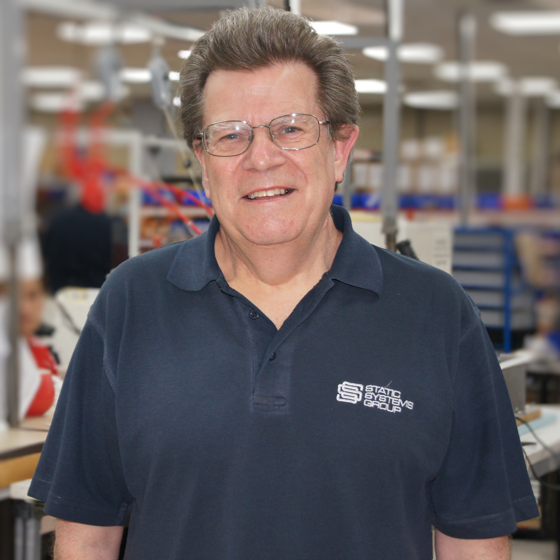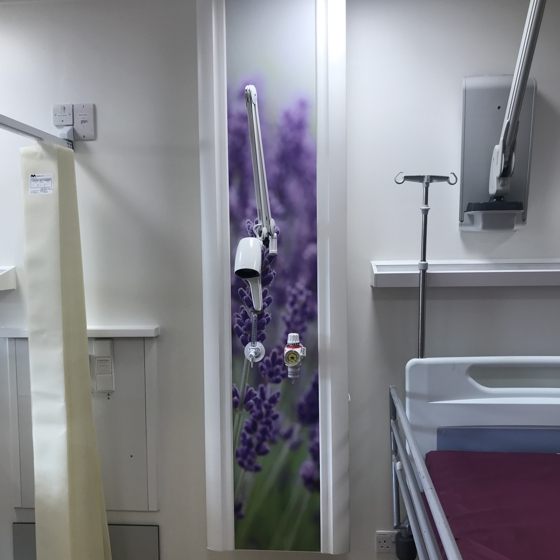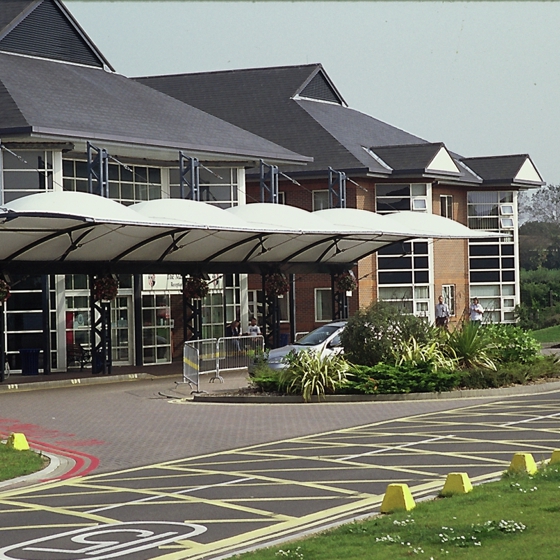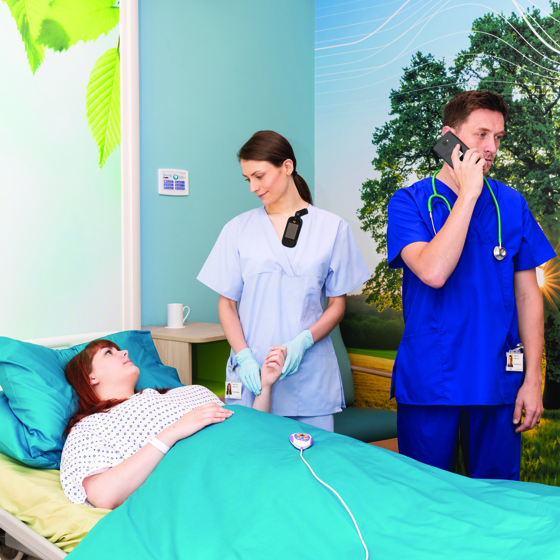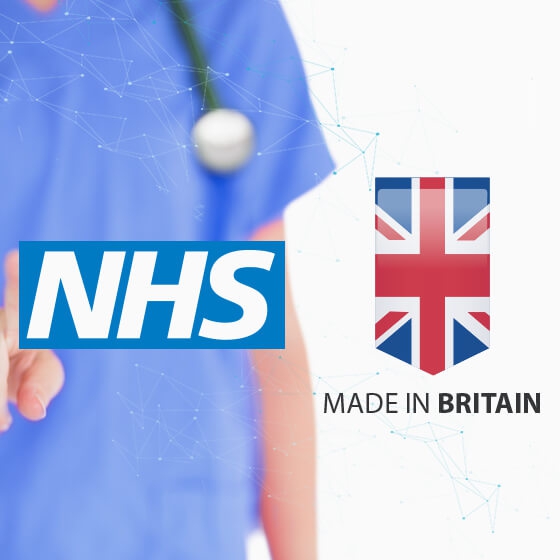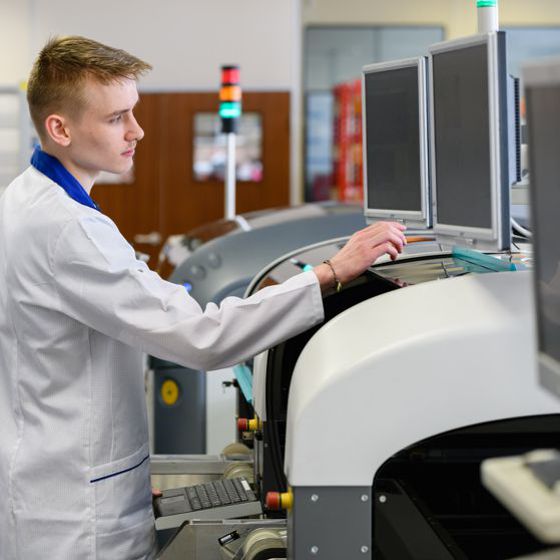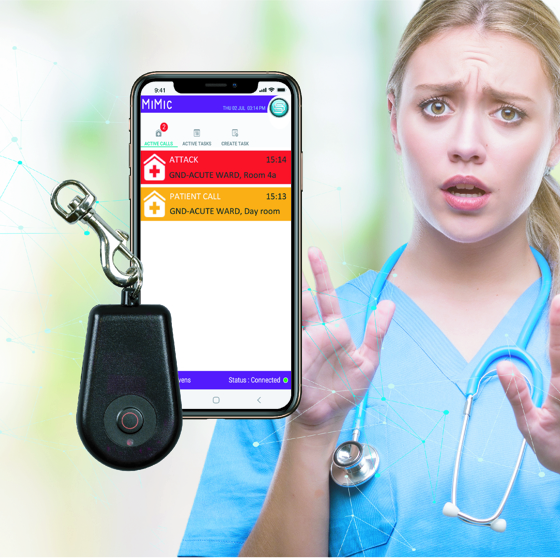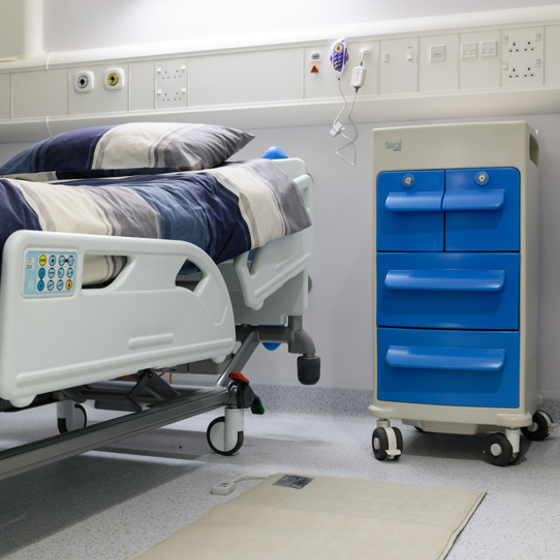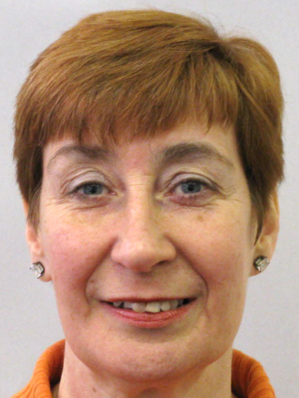
For almost 38 years Jackie Taylor has beavered away in her role as an Accounts Administrator at Static Systems Group, but employment with the company goes back even further, and August 2021 sees her celebrating her 50 years’ work anniversary with the company.
In 1971, just after her 15th birthday Jackie came home from school for lunch and announced to her mother that she was going to walk down Health Mill Road – near where she lived in Wombourne, and “get herself a job”. Times were different to now, with no need to submit a CV, just knocking on the door of a place you liked the look of was the done thing, and this is exactly what she did.
John Mountford, the company M.D. at the time, spoke with Jackie asking what sort of work she was looking for. Jackie replied that with no work experience but a willingness to learn, she was looking for an office junior position. Unfortunately, there wasn’t such a vacancy but the company was looking for assembly workers. On a promise that when a position in the office became available she would be considered, Jackie’s career at Static Systems began.
After six months, Jackie was interviewed by the company’s accounts director. She obviously impressed him and shortly afterwards Jackie was welcomed into the accounts office. In an age before computers, her duties initially included producing hand-written clock cards, typing credit notes and invoices, as well as providing telephony support during lunch breaks and holiday periods.
When the permanent telephonist left to start a family, Jackie became the full-time receptionist although she continued to also provide accounting admin support.
As the company grew and hence the workload increased, doing the two jobs was proving impossible and after 12 years Jackie decided to concentrate solely on her accountancy role. Over the next few years she increased her knowledge of sales and purchase ledger, rising to the position of Accounts Administrator; a role she has undertaken with commitment and enthusiasm ever since.
Jackie says she has fond memories of working at Static Systems and when asked why she has stayed so long, she says it’s because of the people.
“I have worked with some lovely colleagues with whom I have been able to build strong friendships. I have also been able to build a strong rapport with many of our suppliers. Being able to form such strong relationships has made working at Static Systems an absolute pleasure.”
Jackie adds that another reason for her staying so long with the same company is the opportunities that were given to her in the early days.
“I was allowed to experience different aspects of office work, enabling me to find my niche. This benefited both the company and myself as I was able to find a job which I have found both rewarding and fulfilling.”
Anyone who knows Jackie will be aware of her caring nature and desire to help others. Around 20 years ago she took her companionate nature to the next level when she volunteered to become a Samaritan and provide support to people in emotional distress.
More recently, the skills acquired working with the charity put Jackie in an excellent position to volunteer when Static Systems was looking for employees to train as mental health first aiders. She says: “There was no way I could not embrace the opportunity. I like to help others where I can and I’m always available to listen, whether it’s during work’s time or away from work.”
Having now reached her 65th birthday, it is Jackie’s intention to retire on 27th August this year. She says she will spend her time reading and pottering in the garden as well as taking Chester, her rescue dog, on long walks through the countryside where she lives.
Jackie also says that it is her intention to take things a little easier, although whether or not she will actually achieve this is questionable when she lists other plans that include helping her aging mother, knitting bonding square and small hats for the premature baby charity she supports, alongside taking the next few months to get lots of jobs at home completed before her husband joins her in retirement next year.
From all your colleagues…
Thank you Jackie for being you, you’re one in a million and we’ll miss you.

